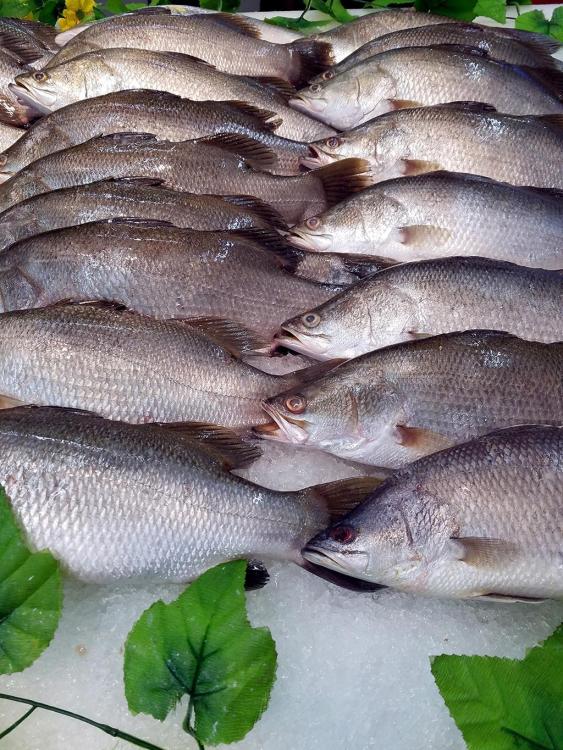This was a bitter disappointment, but it wasn’t the fish’s fault. I had read somewhere that this is a kind of herring but although 曹白鱼 (cáo bái yú), Ilisha elongata is called the Chinese Herring, it is only distantly related to the true herrings. So my plans to make kippers fell apart and dreams of Liuzhou becoming the kipper centre of Asia went out the window.
This species lives mainly in the Indian Oceans and East China Sea and is extensively commercially fished, the vast majority being landed in China. It is regarded as of least concern in sustainability terms. They can grow up to 45 to 60 cm / 18 to 24 inches, but are normally marketed at around 25 to 30 cm / 10 to 12 inches. Despite being unkipperable, it is a fine tasty fish to eat, but somewhat bony, as are the true herrings. But we are not here to cater to cartilogenophobiacs!
The fish are usually fried – shallow or deep.
In Guangdong province (home of Cantonese food), it is often salt-dried as a type of 广东咸鱼 (guǎng dōng xián yú) - Guangdong salted fish, but is considered to be highly carcinogenic in that form.
This species should not be confused with tenualosa toli, the unsustainable and now vulnerable, “toli shad”, also sometimes referred to as Chinese herring. It comes from SE Asia and isn’t a herring, either!
Also, in the Wikipedia article titled “Ilisha elongata”, it is described as, and illustrated by, a totally different species – a leatherjack. Hmmm.
Dammit! I may try kippering one anyway!




